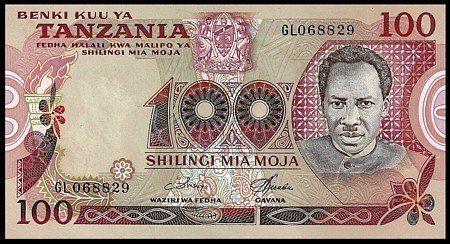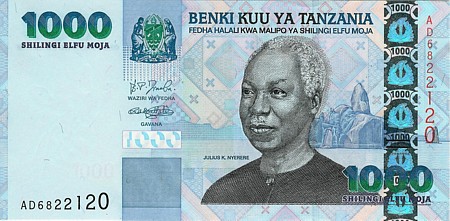Tanzania
Tanzania’s first president and Sisal Production
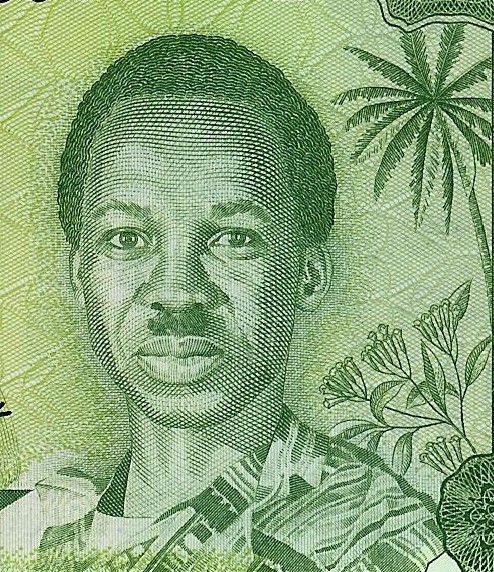
Julius Kambarage Nyerere was the Prime Minister and then the first president of Tanganyika. He was an activist against colonialism and was instrumental in achieving independence from Great Britain.
After the Zanzibar Revolution in 1964, there was a brief power struggle, a classic Communist vs Western government type, and fearing that some in the island nation of Zanzibar would align with the Soviet Union, Zanzibar agreed to a merger with Tanganyika, just 16 miles away from the coast.
At first this was called the United Republic of Tanganyika and Zanzibar, but was quickly changed to Tanzania to reflect the two country’s names. Zanzibar was, and remains, an autonomous region within Tanzania, with its own government and even its own president. Zanzibar has been likened in this respect to Hong Kong and Mainland China.
Before all this, Nyerere took advantage of the colonial benefits and attended college in Edinburgh, Scotland, where he claimed to form all his political ideology. Nyerere was an African nationalist and, though he did not follow the Lenin/Marxist doctrines, he did lean towards a socialist government, eventually developing ties to the Chinese Communist Party. His brand of socialism was called Ujamaa, a Swahili word meaning family/brotherhood. His ideas of this are that the individual is shaped by the community of the nation. Typical to the socialist way, the government was a one-party system, nationalized many important economic and development systems, and yes, instituted collective farming. Education became compulsory, but was partly done in order to indoctrinate the people about Ujamaa.
Some initial differences are worth pointing out though. As a newly independent nation, Tanzania needed to be self-reliant, and this was a key component to his method. He fought against what he claimed was racism in limiting citizenship to only African born people, warning that this was not unlike the policy that was used by the Nazi party. As Socialism worked its way, some improvements were made, especially in the education and health sectors. However, though Nyerere wanted his country to achieve independence from the colonial powers, he created a new dependence that Tanzanians fell subject to: Governmental over-reach. With the nationalization of much of the country, most Tanzanians were largely employed by the government. This of course leads to higher taxes, corruption, unproductive work and eventual economic troubles. Communal farming lead to lower food production causing higher prices and Tanzania even had to resort to receiving food aid from abroad, which reintroduced a dependence on others, not on themselves.
Perhaps Nyerere’s greatest achievement was his ability to achieve a national identity and maintain a peace within his country after achieving independence. Tanzania has a very diverse ethnic population, and had well over 100 spoken languages within its borders. Recognizing that diversity can lead to division, his policy of removing ethnic divisions was considered a key component to achieving a national identity instead of many diverse identities which would foster dissent. A prime aspect of this was language. In 1968 Kiswahili was adopted as the official language for governmental and educational purposes. This ensured that all the different ethnicities would have a link to each other, and be able to work together. It also made educational and governmental transactions much cheaper and easier to implement.
Due to his socialist tendencies, Nyerere was seen as a suspicious leader by a lot of western governments. While he did maintain Tanzania as one of the more stable countries in Africa after independence, his socialist policies and ties to communism and failing economic policies cast him his as a quasi-dictator. However, in 1985 Nyerere gave up his position to Ali Hassan Mwinyi, who would change most of Nyerere’s policies, including opening up the international financial markets and creating a multi-party political system.
Nyerere remained active and even helped in the transition to the multi-party political system. When asked, he also helped with talks to end the civil war in Burundi. In 1998 he was diagnosed with Leukemia, and eventually died from a stroke in 1999. For his being the first president and setting the course of the country, Nyerere is revered as the Father of the Nation and has appeared on several banknotes and coins both during and after his life.
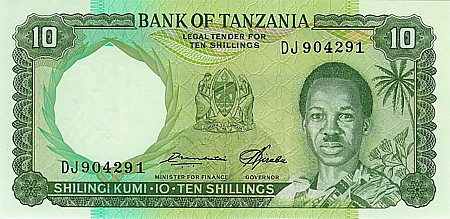
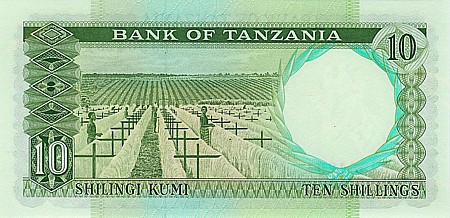
Tanzania 10 Shillings – 1966
On the back of this note you will see a vignette of workers laying out the fresh spaghetti noodle harvest to dry, laborers must work diligently to keep the noodles clean so that the blight (pestos e. marinarus) doesn’t develop.
– Ok, no – that was just a little fun.
In reality these Tanzanian workers are processing something called sisal, a plant fiber used often to make rope and twine and is also used in weaving several other products, such as mats, shoes, etc.
Sisal production was not native to Tanzania, or to Africa as a whole. It was a western hemisphere plant that was brought to both Tanzania and Kenya in 1893 from Mexico by a German Agronomist, Dr. Richard Hindorf. Smuggling the seeds of the Mexican Agave Sisalana plant into Tanzania via a stuffed alligator, Dr. Hindorf literally planted the seeds of change for Tanzania.
Sisal cultivation and later production took off in Tanzania, due in part to a new railway which ran from the new capital (then the coastal city of Dar es Salaam) to Lake Tanganyika. For a time Tanzania enjoyed being the largest sisal exporter in the world, and in 2013, Tanzania was listed as the second largest exporter of Sisal in the world after Brazil.
Below are some other notes featuring Nyerere – the sizes are proportional. Many countries resize their banknotes to save printing costs.
